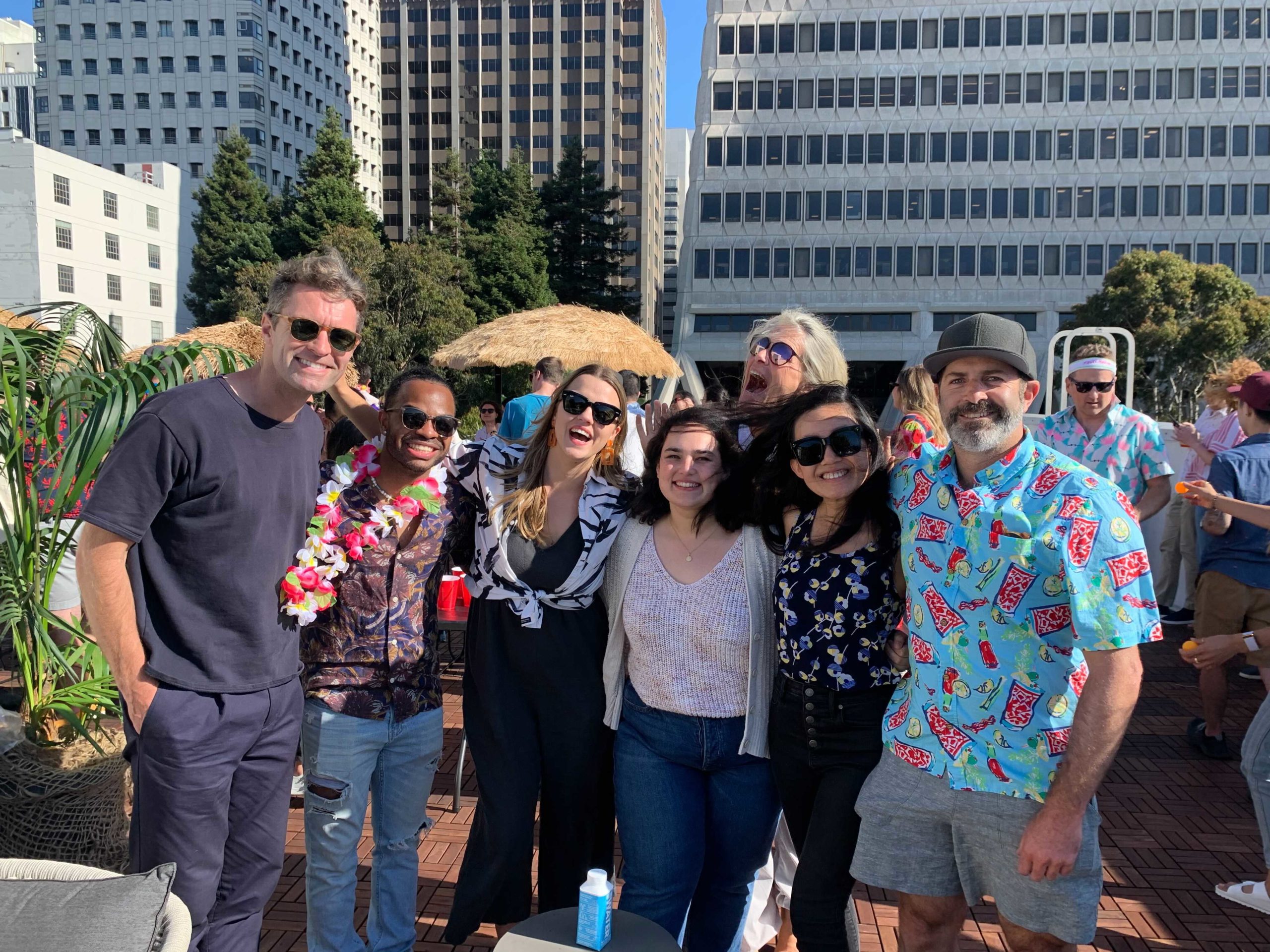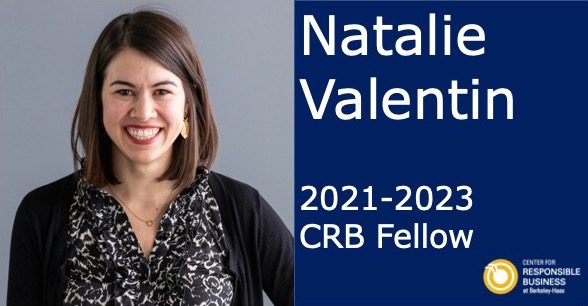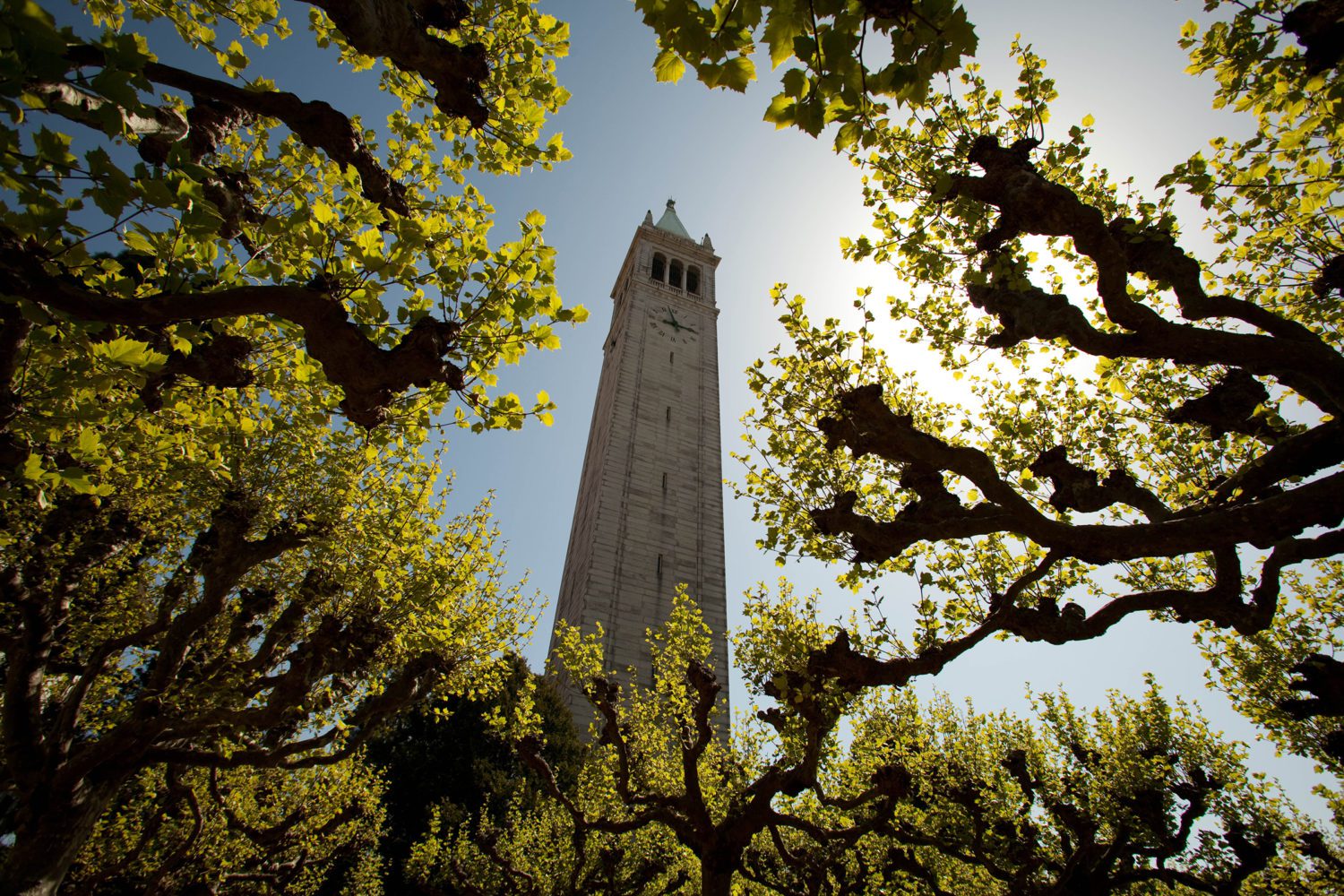Now more than ever: Collaboration for Sustainable Innovation in Fashion
Written by: Na Wang, EW MBA ‘23 and Kokei Otosi, FT MBA ‘22. CRB Sustainable Innovation Student Leads.

It’s no secret that the fashion industry was dealt a huge blow by the pandemic. The industry severely contracted and millions of dollars in wages were lost across the supply chain. The crisis brought to the fore key issues of sustainability and human rights, issues that have persisted for decades but were perhaps easier to ignore. As the world begins to open up again, and we start to imagine a return to normalcy, it is clear that there is an opportunity to rebuild the industry better and stronger, and tackle some of its wicked problems through the new channels of collaboration forged in crisis. Industry leaders and advocates are asking themselves how we can use this moment to shift our traditional linear model of production into a circular and regenerative system.
Haas is grateful to have students, faculty, and alumni who are on the cutting-edge of thinking about such issues. In our recent blog, one of our Center for Responsible Business student advisory board members surveys the opportunity for circularity in the industry provided by resale. Our most recent Dean and Peterson Speaker series event featured Haas alumnus Manish Chandra – the founder of the popular and recently IPO’d resale platform Poshmark – addressed how sustainability is embedded as a core into Poshmark’s business model.
Interview with Sasha Radovich, Executive Director, Fashion Positive

This blog will feature Haas lecturer Sasha Radovich, who has spent several years driving circular fashion through fibers and human rights. Sasha is the Executive Director of Fashion Positive, and is currently sharing her knowledge with the Haas community as a professor of our Strategic and Sustainable Business Solutions course. We sat down with her to get her take on the state and future of the industry.
(Conversation slightly edited for brevity and flow)
Can you help to share a little background about you and Fashion Positive? What’s your current role?
Sasha: Now, I am leading an organization called Fashion Positive that focuses primarily on the circular economy. That work fits well into all of my background because every point of my career has been focused on large system changes and what to do with the impact around the supply chain.
The circular economy means refiguring how we are dealing with supply chains, and it is not only about waste or recycling. It is actually about the impact throughout the entire cycle of product design, development, use, reuse and the decisions we make when it leaves our hands. This Includes the use of water, chemical, and energy from when a fiber is made all the way to when the product is in the hands of the consumer, and how people are impacted all along that journey. We are working more and more on recycling technologies and also innovations for more biodegradable and compostable materials, but we know there is always leakage of impacts into biological systems from practices that do not take into account how they end up in soil, water, or air. You really have to clean up the whole system, not just focusing on the potential for recycling. That’s what I am working on now.
What are some immediate challenges in the industry? Especially post-COVID?
Sasha: The pandemic brought an immediate and sudden shift in consumer behavior, which impacted almost immediately the stability of supply chains, and anticipating orders. This had an immediate impact on workers’ livelihoods throughout the system, but also created an immense amount of waste from the product that was ordered, made, and will never be sold. Together, these have opened eyes to the environmental and human-right implications of our current practices which have been the concern of many of us, but we have never had such a glaring and immediate, transparent look at the incredible lack of resilience of the system.
What’s the inside scoop in the fashion industry? What trends, research, or innovations are you excited about?
Sasha: COVID really opened up the deep faults of the system that we all knew about but for one reason or another had made slower progress on. It’s hard to change the system without a crisis. A lot of us were worried that once the pandemic was over, companies would go back to business-as-usual. Actually, companies are doubling down and creating new goals, which is great. In particular, they are doubling down on opportunities for collaboration. There is more collaboration happening in the apparel industry right now than ever before.
Firms are coming together to innovate on the next generation of materials, forgoing propriety arrangements. If we can get these materials into the supply chain, it means significant levels of change in the largest volume of materials that the whole industry can use. We can actually start seeing a massive beneficial impact instead of one capsule collection or one brand investing in something. That, to me, is a total sea change.
What’s your favorite part of working in this industry?
Sasha: I think so much about the fashion industry is very interesting. It’s a huge intersection of development, human rights, and environment. On top of that, it’s very consumer-facing and fast-moving. Self-identities and self-expression are so fun and important. Fashion is a whole package of complexity, and I love complexity.
What do you recommend for students who are interested in getting into this space?
Sasha: There are so many ways to come at it. One of the things I would like to plug is that people get chemistry and other materials science degrees. I am not a scientist, and I rely a lot on them. There are not many of them around, and they are going to be increasing in high demand. It’s a really good career to think about. In the long term, more and more people need technical expertise.
On the other hand, I would recommend interning at NGOs that work on labor rights and climate change, to get stakeholders experience and insights into these issues, because it gives you a depth that makes you a better professional. It gives you perspective about why something is working, why it’s not working, why there are protests against certain industry decisions, and why impact needs to be assessed at various levels. If you just come from a business angle, you can’t fully get that. But marrying that knowledge with business can be influential.
Sasha’s words of wisdom and passion made us excited to wonder and want to get involved in fashion’s innovation. To extend this conversation, we want to share more resources for you to explore sustainable innovation opportunities.
- Sasha’s Strategic and Sustainable Business Solutions course
- Subscribe to CRB Blogs and Peterson Speaker Series
- Coffee chat session with CRB staff
- Sign up for our mailing list, where you can learn about independent applied learning opportunities with sustainable apparel companies
About the Authors

Na Wang – EWMBA ‘23 & Sustainable Innovation Student Lead
Na has a background in product design and brand strategy. Growing up in a polluted environment in Tongling, a small city in China, has inspired her sustainability passion. She hopes to connect with classmates and industry experts to drive sustainable innovations forward.


Kokei Otosi – FTMBA ‘22 & Sustainable Innovation Student Lead
Kokei’s background is in urban development and design, and she spent the last several years working with cities to design and implement climate adaptation strategies. At Haas, her focus is on business strategy to advance a more circular economy.


